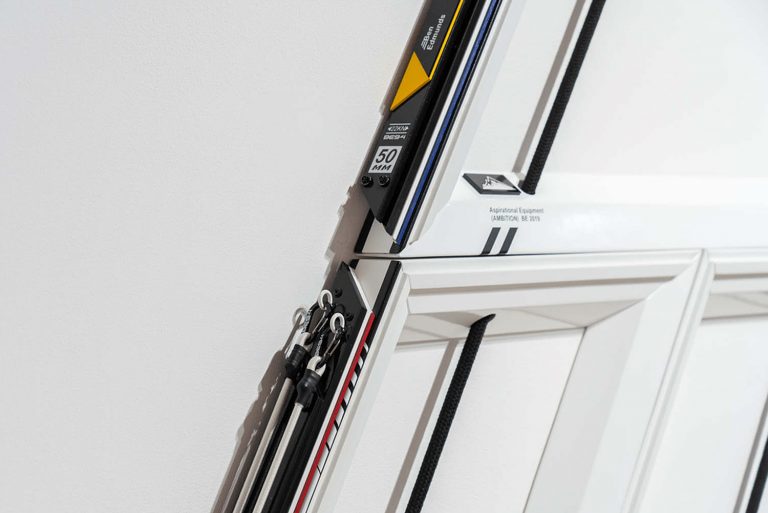
Ben Edmunds
Hailing from Norwich, UK, Ben Edmunds now crafts his art in London’s vibrant art scenes. His journey began with a
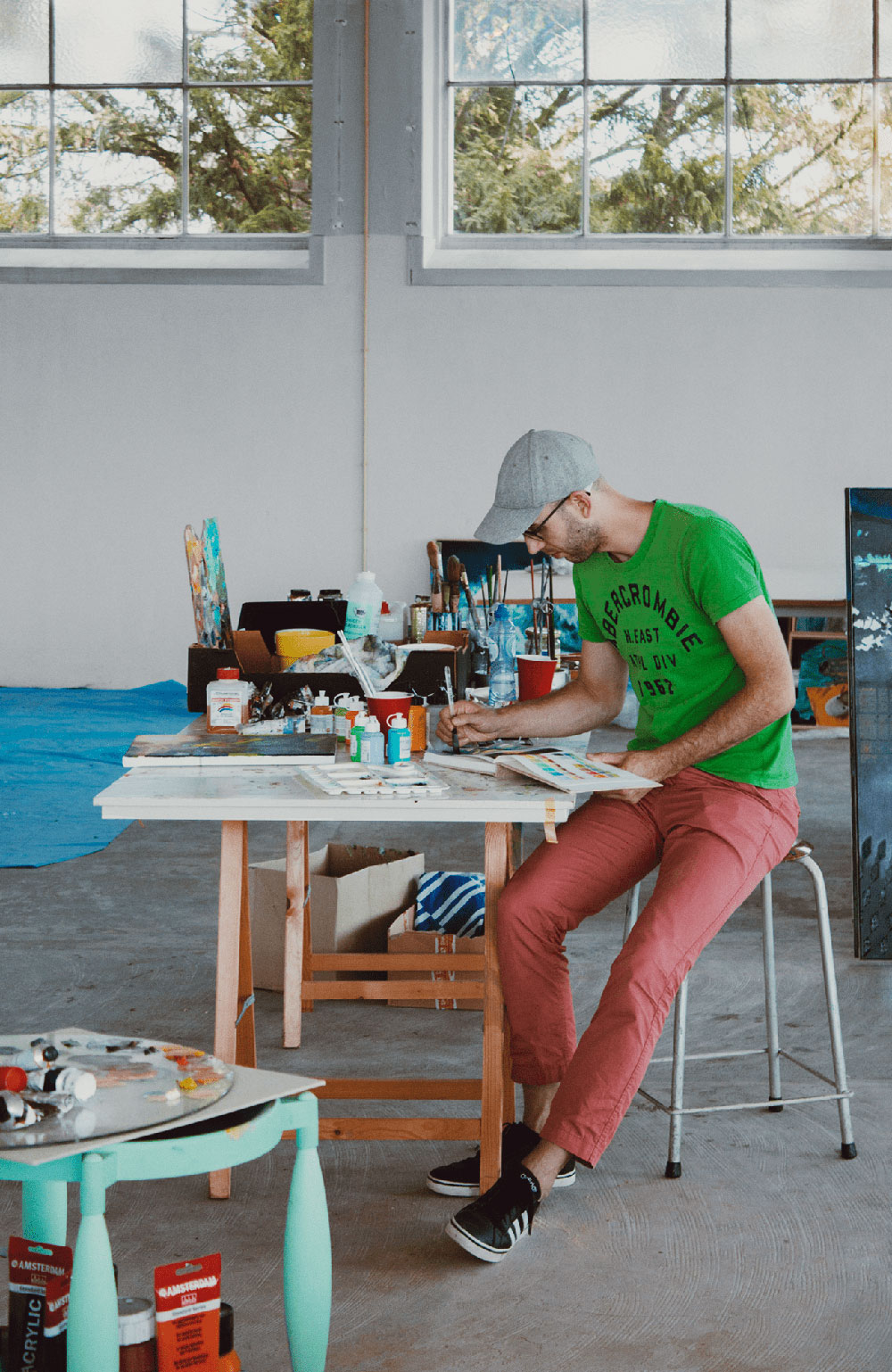
Maarten van Aken’s journey from industrial design to the art world is a story of self-discovery and transformation. Initially guided by methodical thinking, Maarten found his true calling in the freedom of painting. His work, often devoid of human presence, explores the transitional dimensions between humans and nature. With a focus on light, space, and perception, Maarten’s art serves as a reflection of his own evolving understanding of self and the world around him.
We explore Maarten’s artistic evolution, his inspirations, and the experiences that have shaped his unique approach to art.
More below!
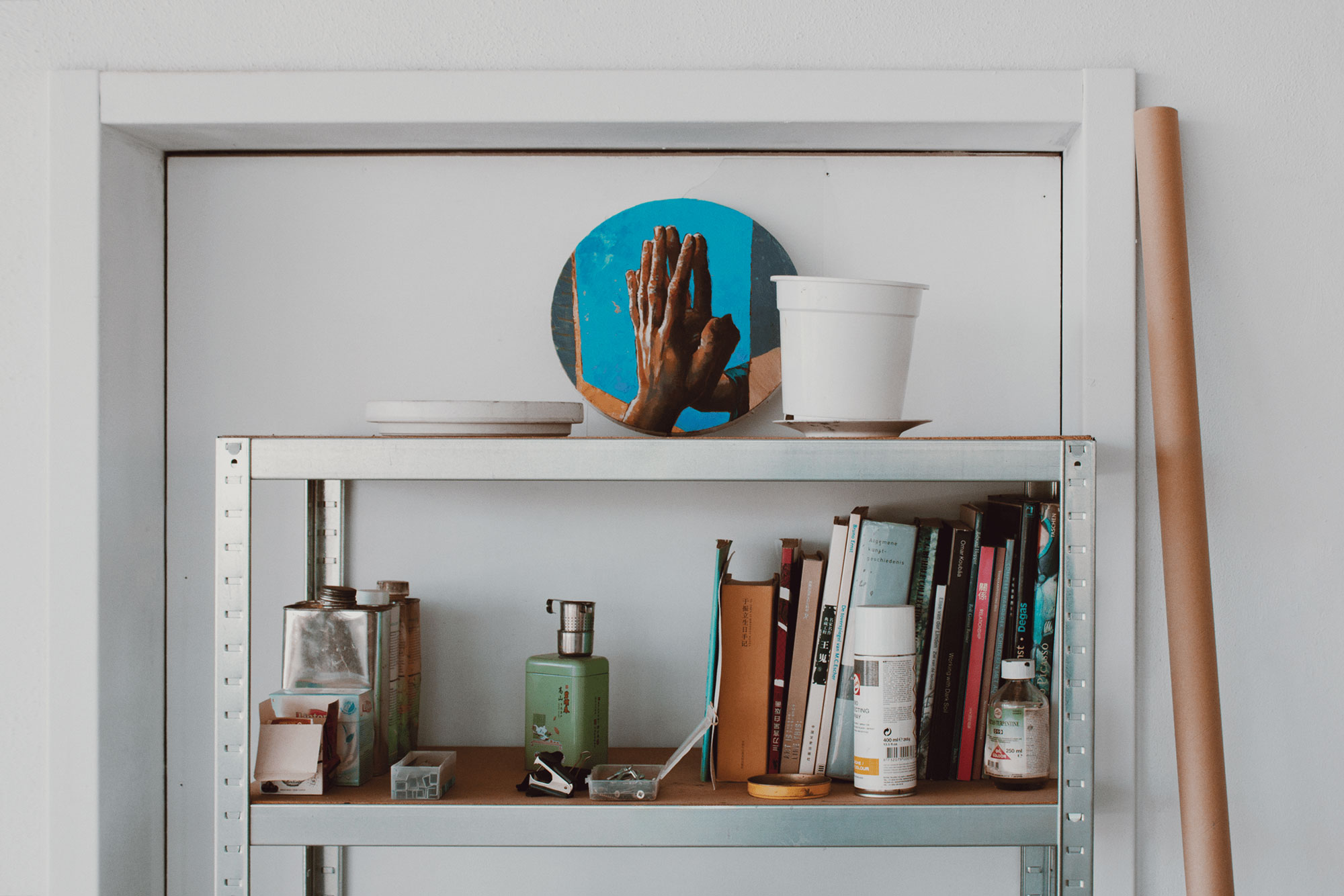
As a teenager, Maarten van Aken used to paint with watercolors, landscapes, and such, though it never occurred to him to become a painter.
‘I started industrial design because I thought I should go to a university if I had that opportunity. Eventually, it was not the right choice for me. I needed more freedom and it was my parents actually that nudged me into going to an art academy.’
For Maarten, industrial design at the University of Twente was a lot about using methods to find flaws in designs and coming up with new ideas to fix a problem. These methods obviously work but it made him feel trapped.
‘I needed more freedom. I also couldn’t picture myself behind a desk all day. Switching to painting felt like a dive in the deep end. I noticed it was ‘it’, so to speak because it felt like such a relieve once I started painting. It was and is exhilarating, something I never felt during my previous study.’
Although some things from an industrial design ‘stuck’ to Maarten when he decided to choose art. For example, this experience brought him technical thinking and good depth perception (from working with 3D-programs) as well as having to construct technical drawings on paper. Partly his love for architecture and design comes from his studies too.
Maarten van Aken previously studied in university, found the study at AKI/ArtEZ (from second-year — Fine art 2D/painting department) as a complete shock. The vibe and mentality towards life were completely different:
‘Teachers actually told me they first need me to unlearn everything I learned, because in order to be an artist you have to let go of any restrictions you’ve put on yourself. And my time at AKI felt like a continuous process of letting go. There was a lot of freedom and I think it taught me self-reliance above all.’
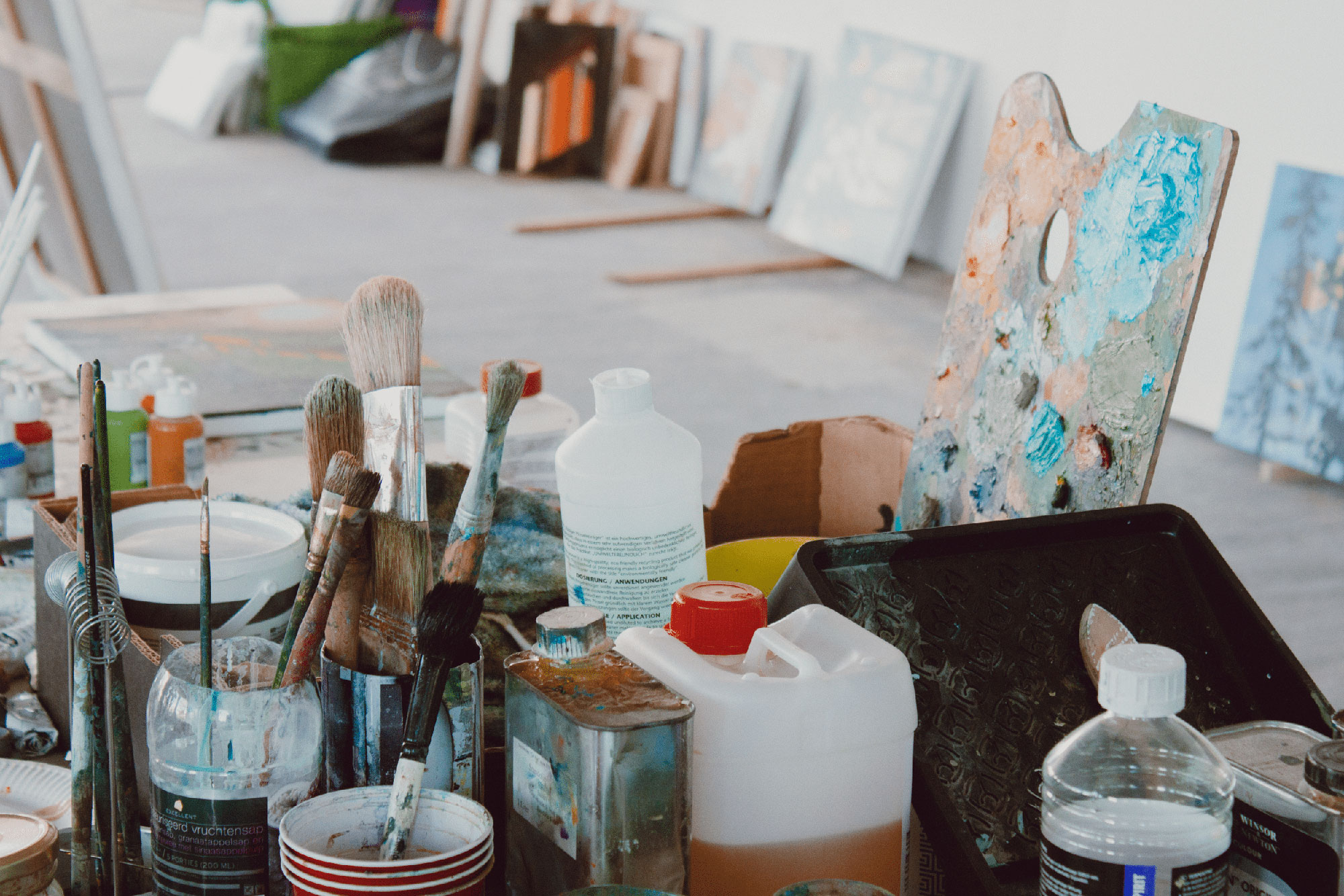
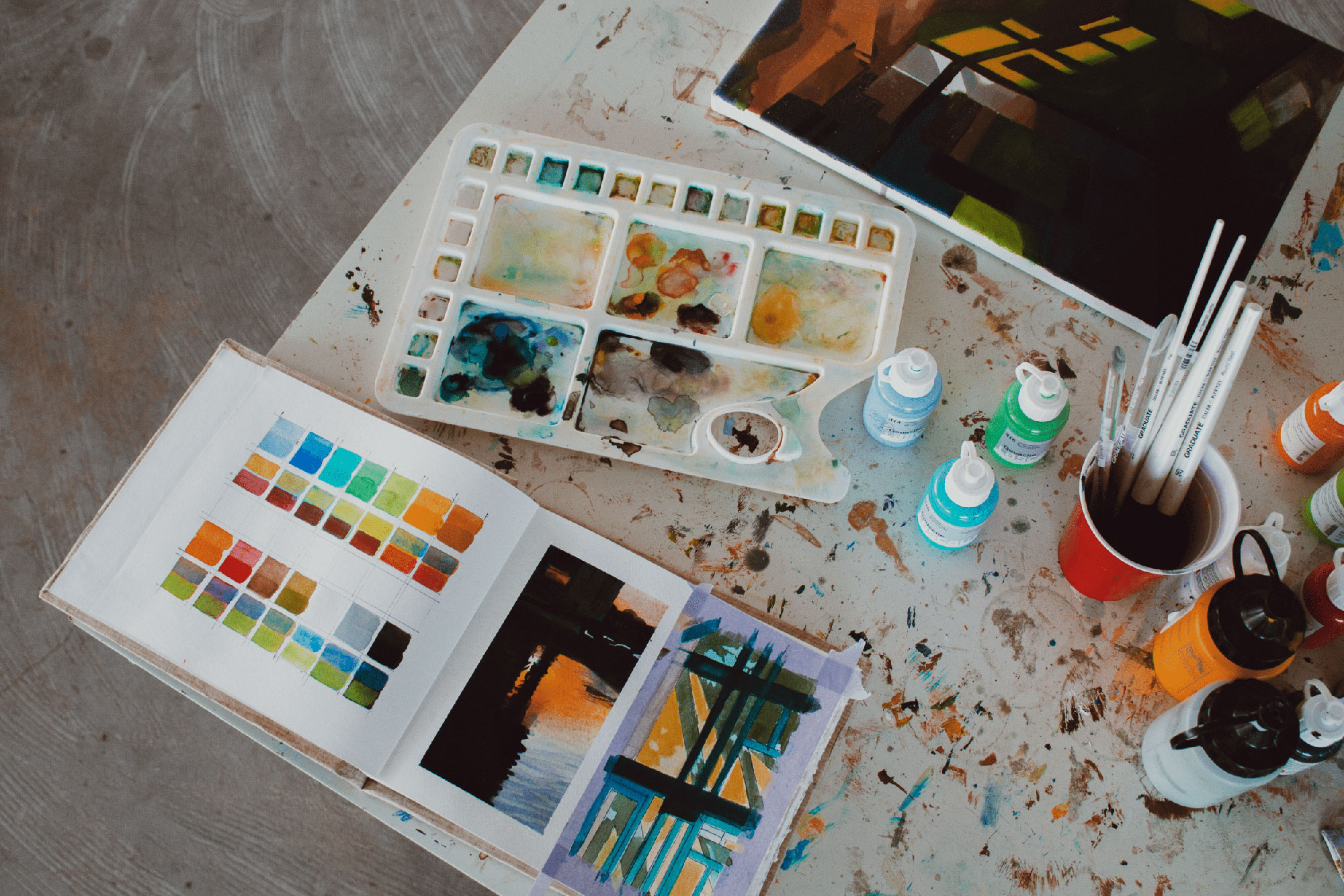
Being in a constant process of self-improvement and self-reflecting helps Maarten to stay focused and be on his toes.
‘I remember one teacher told me I was painting too much with my brain, while it’s the hands that paint. Of course, the brain controls the muscle in the hand, but I understood what he meant. Overthinking things can get in the way of a lot of things including a creative process. For me, in the painting, I found my nature and the process has been to discover and act on this nature. Before I tried to be someone I am not. This, of course, is an ongoing process. We are never done learning.’
Oil paints as a medium require a lot of patience as well as a bit of planning ahead. Although Maarten likes that about it, which makes them a perfect fit for him.
‘I think being patient can also be helpful for the process if you embrace it. It gives you more time to reflect.’
Besides art and design studies there are more memorable practices that helped broaden Maarten’s horizon. For example, his trips to Finland in November 2016 (one month) and to China in October 2017 (6 weeks) were very interesting experiences for various reasons:
‘Finland was a test of being on my own. The residency took place on a small island that was mostly deserted. I was in awe of nature and never felt so at peace, just walking on the island. When you are completely alone you can’t escape your thoughts though. I had some confrontational moments with myself which all had to do with lying to yourself and trying to be something you’re not.
One of the reasons my paintings are usually deserted is because it’s in my nature to prefer being alone. Of course, that shows in the works. It doesn’t mean I’m anti-social or lonely though.’
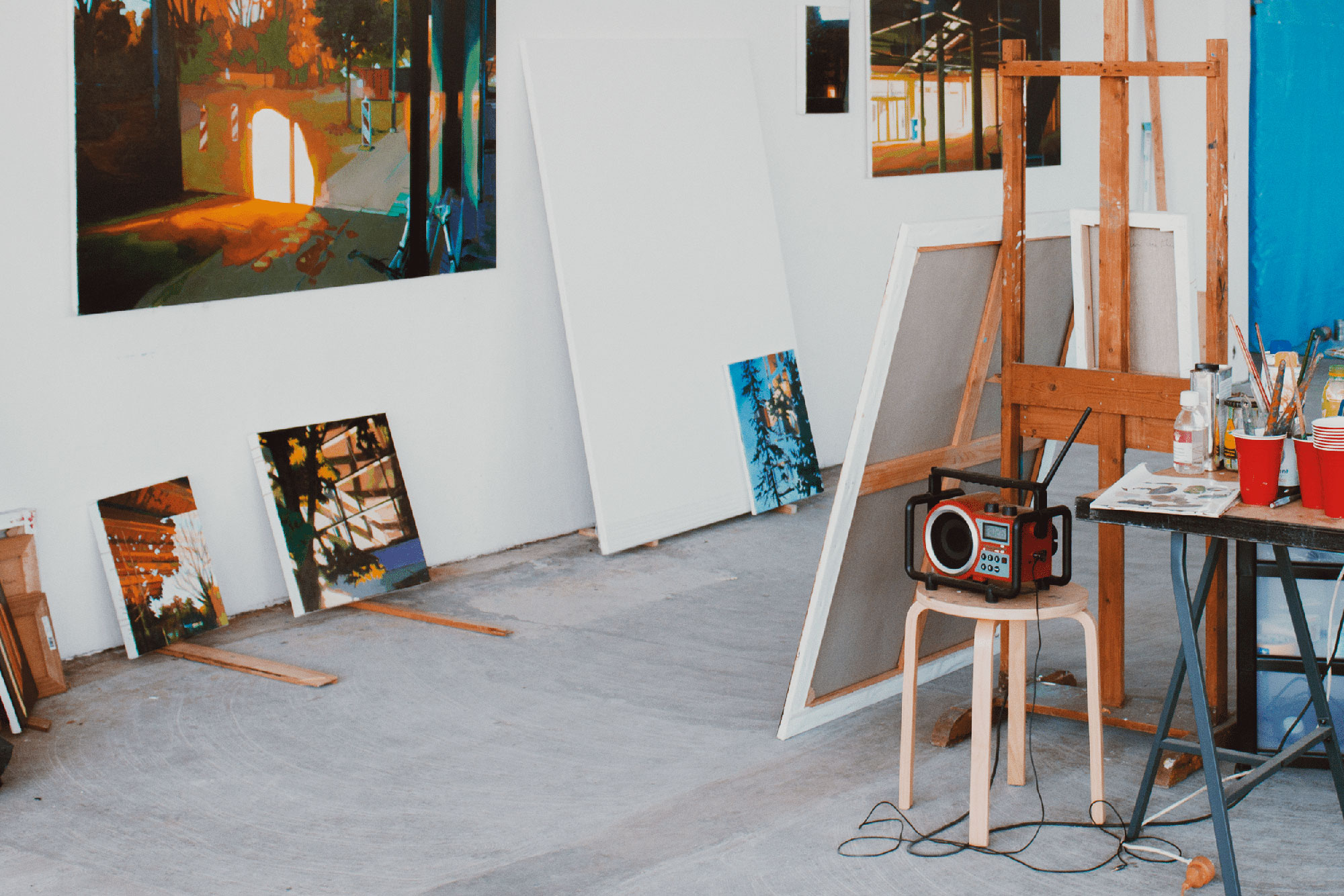
‘The exchange to Dalian, China has been an overwhelmingly positive experience. I had never been to Asia up to this point and it was thrilling to experience the differences and similarities. It challenged me personally and professionally and I feel I’ve learned a lot in the process.
A new environment, out of your comfort zone, is a great place to push yourself and try new things in your work, whilst meeting new people and making friends.’
Maarten van Aken in his paintings captures sort of a transitional dimension between humans and nature as he describes it further:
‘In any painting or photo if there is a human presence your attention will naturally go towards that person. This also creates a certain physical barrier between the viewer and the image. I noticed at some point if I leave humans out of the image, space becomes the subject and as a viewer, you can feel more close, you can more easily immerse yourself in the painting and project your own stories.
Seemingly ordinary spaces became interesting in large part because of how the light defines space and intersections. I always liked to play a bit with perception and I learned such an intersection can also be called liminal space.
A liminal space is a time between ‘what was’ and the ‘next’. It is a place of transition, yet time seems to stand still. And it became obvious that I could use that frame of mind to play with space and perception.
Most recently I tried to play with reflections. It started as a way to justify bringing in the nature elements into my paintings.
If you stand in front of a window and you look inside, a cohesive image of a new space is being formed of both the interior and outside world. The reflected nature seems to take over the desolate space. I felt it as an omen, nature takes back what humans left behind.’
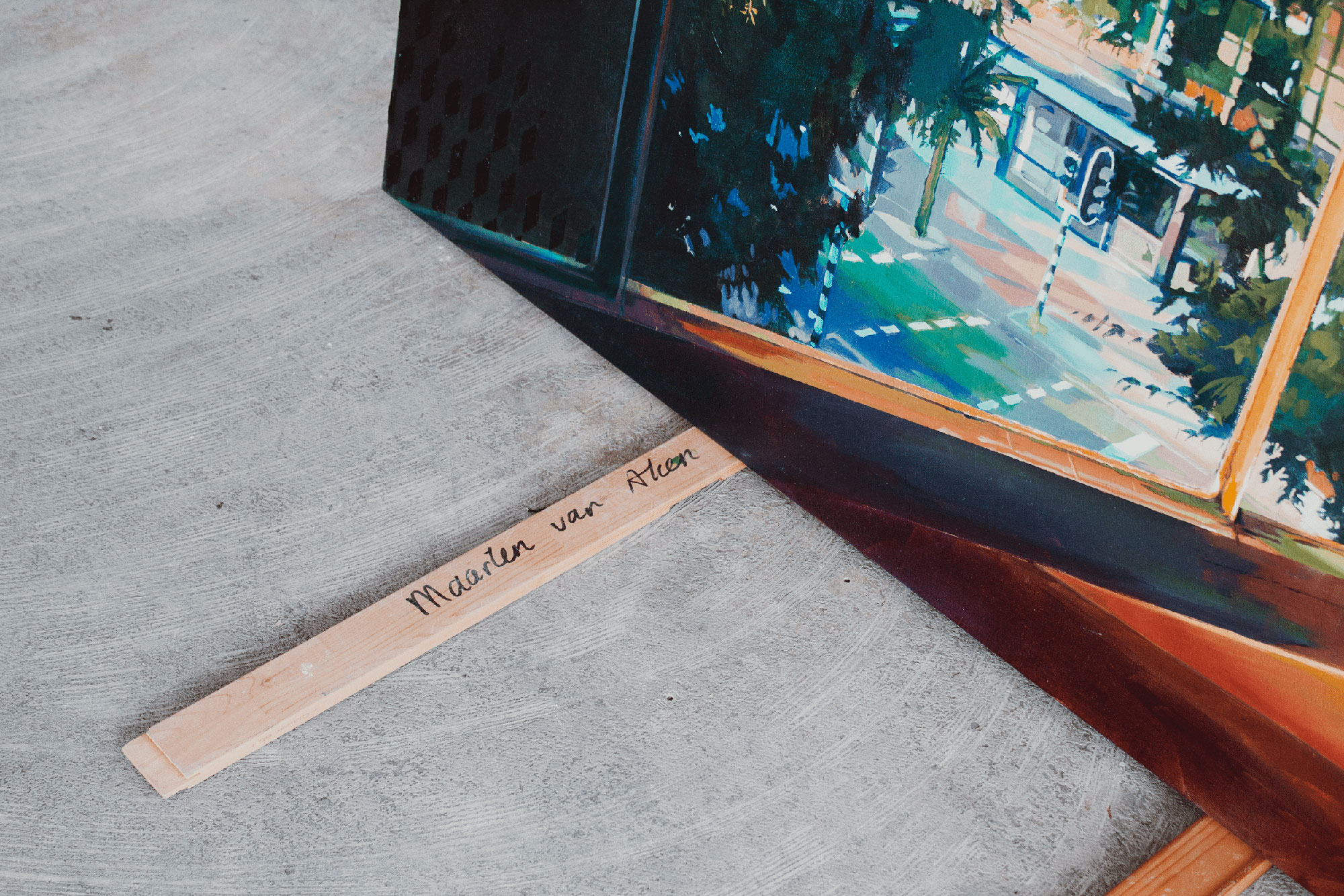
↑ (all photos) — k53n14 →
There is no time clock set on Maarten’s paintings, it just varies a lot how long each one is made. For example, bigger paintings take at least a month.
Pictures and drawings are the starting point for new work — sketches and small watercolors on paper with gouache until he finds something that he thinks would work well on a bigger canvas.
‘Over time I found that if the initial composition is strong, the painting will usually work out well.
If I have doubts, chances are big the later stages will be a struggle because you’re trying to fix things. But both ways can be good and sometimes a seemingly failed work can suddenly surprise you.
The works are built in a lot of layers, starting out thin. Beginnings are fast once the idea is there. Then with each new layer, more thinking is required to see what the image needs. So every step takes more time in between. More than once a painting is deemed finished because I haven’t worked on it for a while.’
The light plays a big role in Maarten’s ‘art investigations’. Between February 2017 and June of 2018, every other day he would make a small painting with gouache on paper inspired by the poetry by Hans van Wijk.
‘His poetry in many ways is also about light and they formed the starting point for each work. I started it also because I felt stuck in the bigger paintings.
Sometimes you follow your own rules, but you forget why you made them. So I wanted to break from that. This is also the reason they are all outside and show a lot of nature, whereas most of my paintings are inside places. One thing I did not expect was how good it felt to finish work at the end of the day repeatedly. Sometimes you work on painting all day and in the end, it still feels like you hardly progressed. That can give a lot of pressure where you feel you haven’t done enough.
It was very satisfying to create one finished piece every other day. After 1,5 years though I felt the project served its purpose. I still make those gouaches, but not so strict every other day.’
As for today, the most important thing for Maarten van Aken is to keep developing himself and follow the path he is on:
‘I’m very excited to see what work will come out of it and where it will bring me. I’m not really thinking about concrete achievements though.’

Hailing from Norwich, UK, Ben Edmunds now crafts his art in London’s vibrant art scenes. His journey began with a
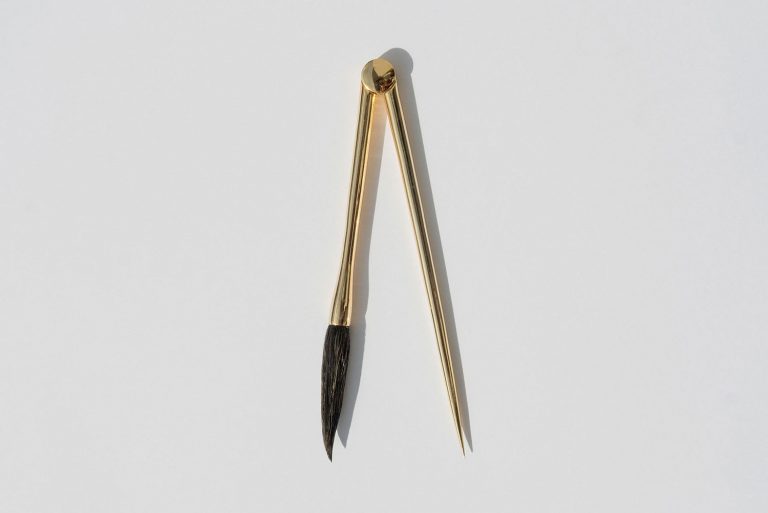
The narrator at heart, designer Boey Wang is drawn to stories, or rather, the attempt of capturing the mundane and often
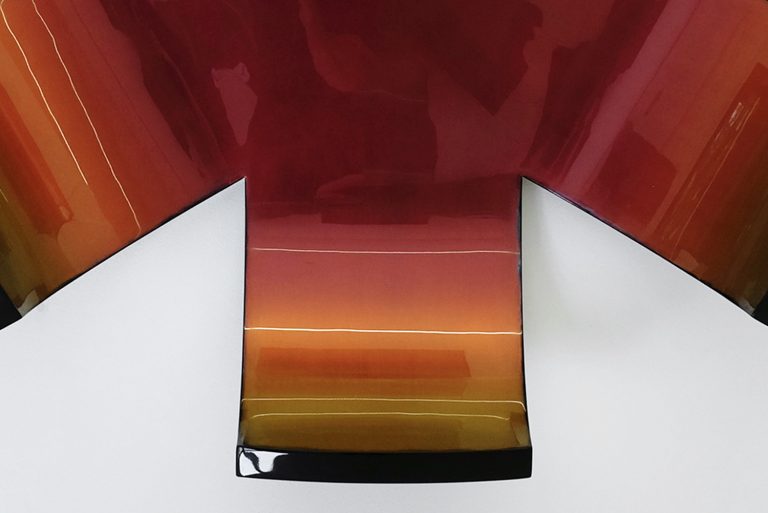
The English contemporary artist Oliver Johnson currently lives and works in Valencia, Spain. From painting to light installations, his works
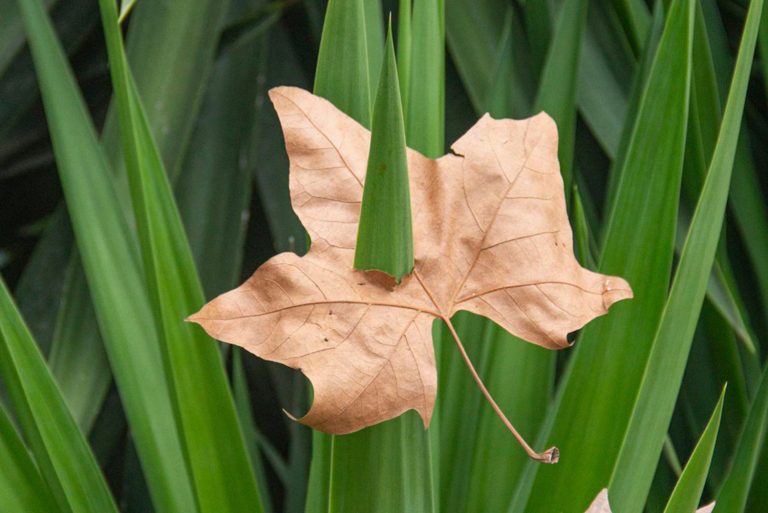
Octavi Serra, a Barcelona-based artist, designer, and photographer, looks for the irony, truth, and letdowns in modern life through his
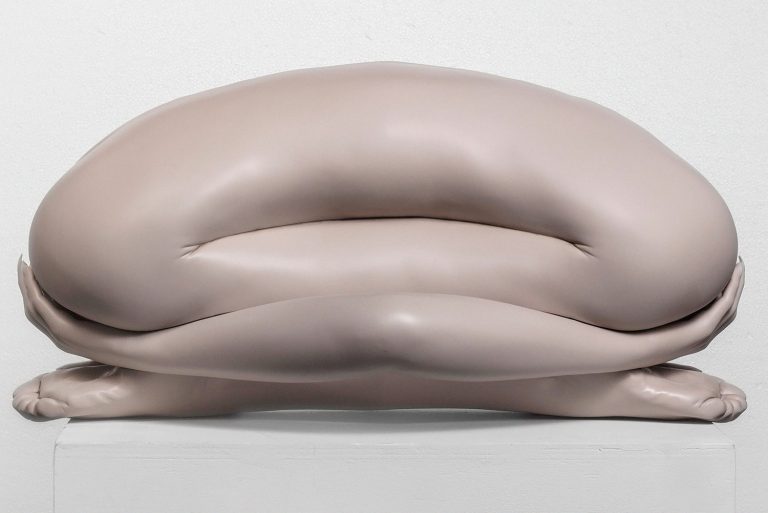
Brazilian contemporary artist Monica Piloni specializes in sculpture, with a particular emphasis on the human form. The figures she crafts
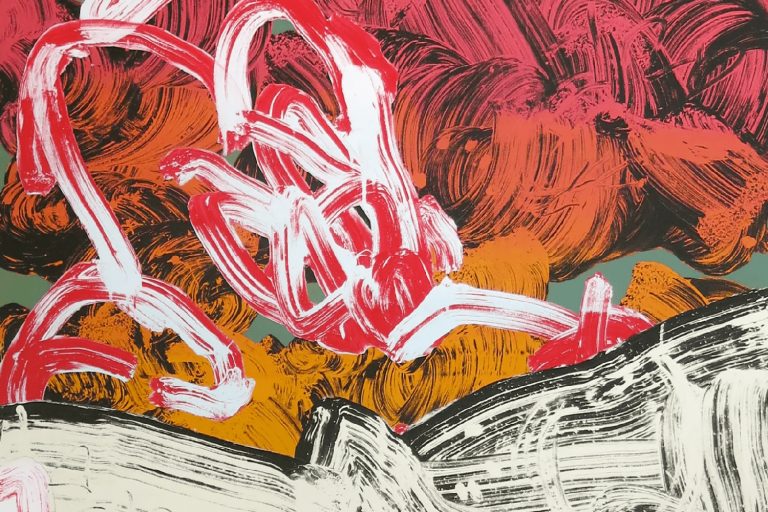
Born in Paris and now based in Brussels, artist Pablo Tomek delves into societal intricacies through his gestural paintings. With
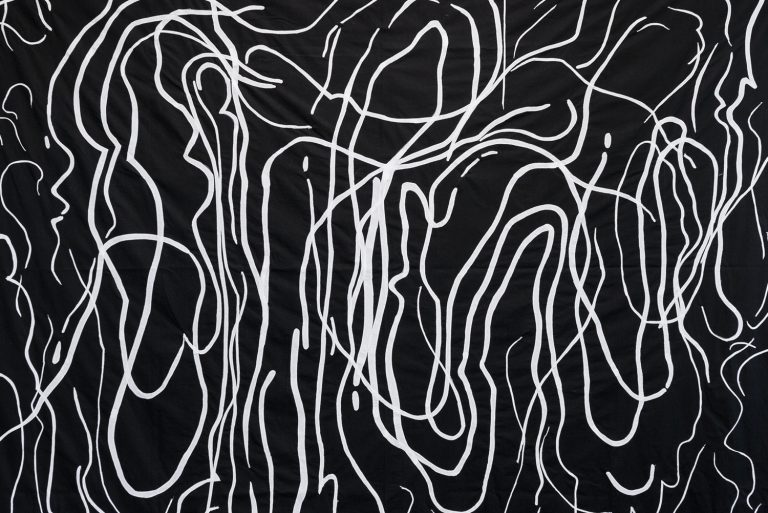
Born in Rhenen, Netherlands, the dynamic artist Riëtte Wanders has anchored her creative pursuits in Amsterdam. The sheer magnitude of
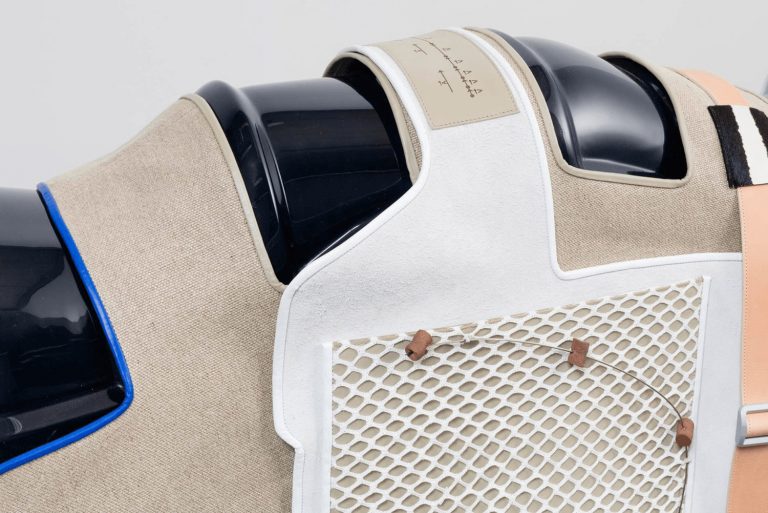
Magali Reus’ sculptures are accumulations of images and things. She draws on objects she finds around her, recombining them into
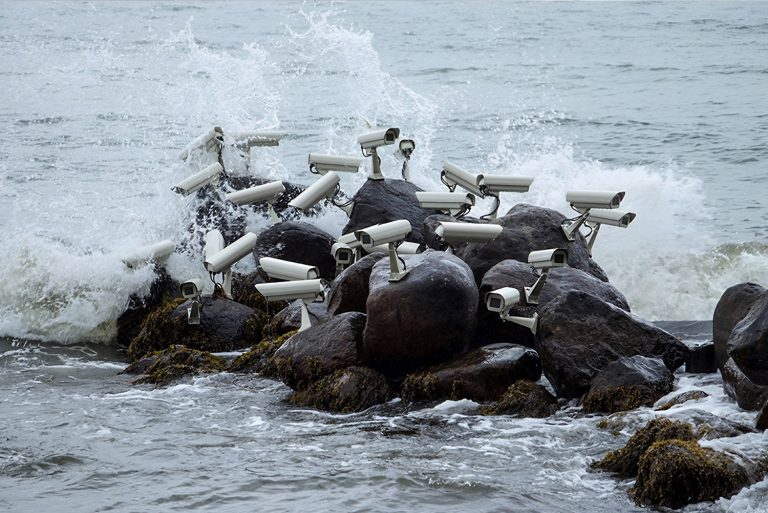
Born in Karlovy Vary, Jakub Geltner bases himself in Prague and brings a diverse educational background spanning from fine arts
Independent Art & Design Gallery 0→1 © 2024
Stay in the loop with 0→1. Join our email list for the latest news, artist highlights, and first dibs on our exclusive collections. Dive into the art world with us — curated, simplified, and personal.
(We respect your inbox. Our updates are curated for value, and you can unsubscribe anytime. No spam, just art.)
We use cookies to improve your browsing experience; details in our Privacy Policy →